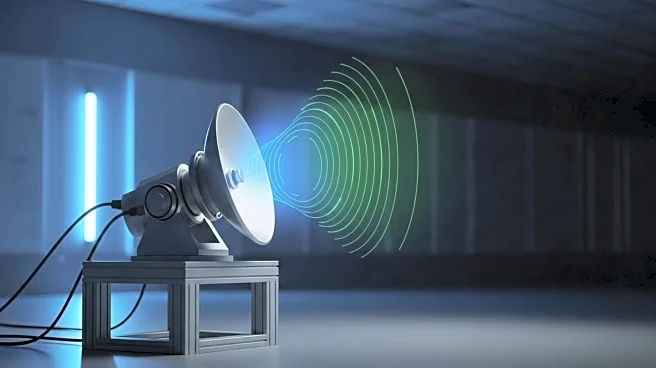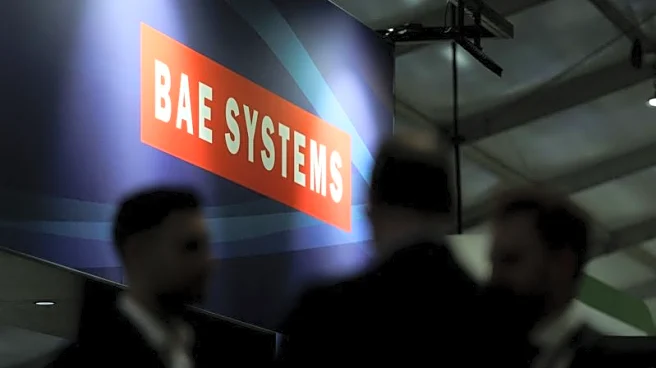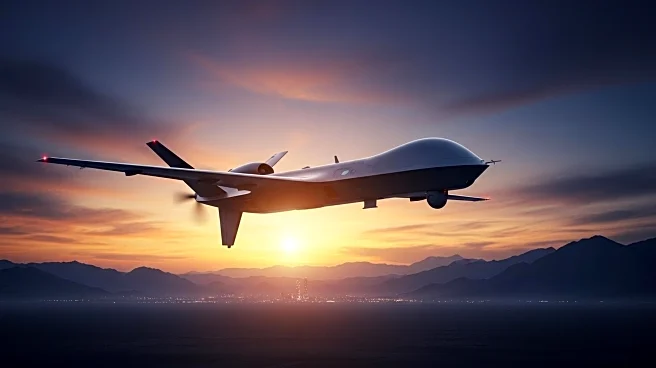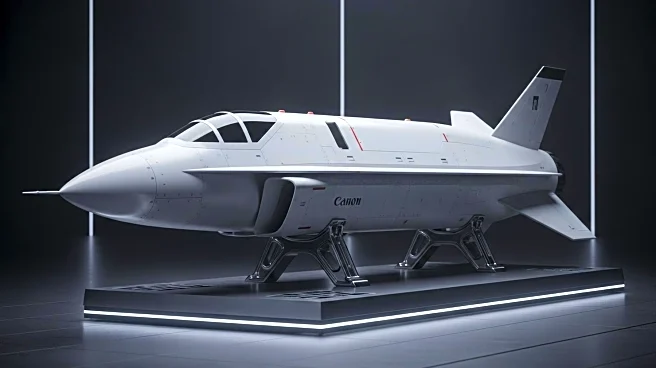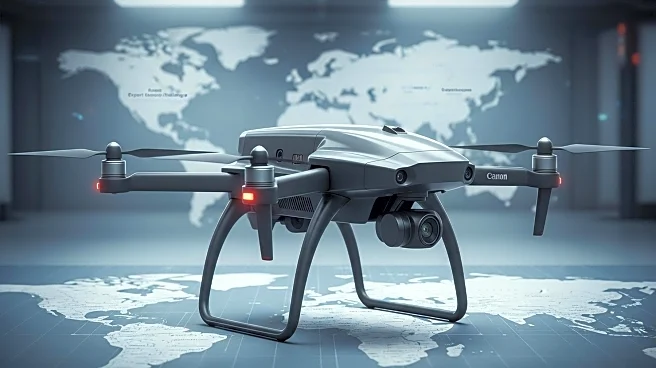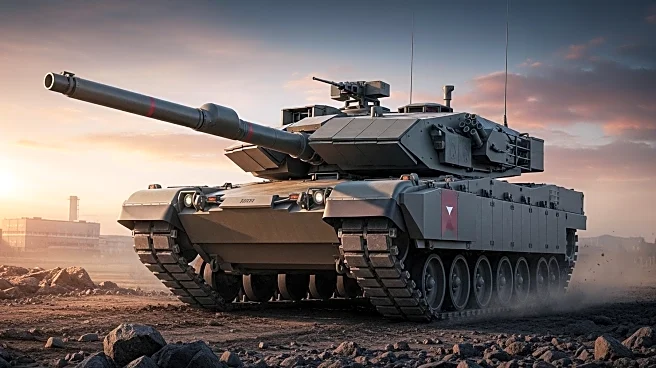What's Happening?
BAE Systems and Lockheed Martin's rapid innovation units have partnered to develop a modular family of uncrewed aerial systems aimed at suppressing enemy air defenses. This collaboration, announced at the DSEI exhibition in London, focuses on creating adaptable designs suitable for deployment from various platforms, including airborne, ground, and naval vessels. The initiative seeks to provide cost-effective, easily deployable solutions with global applications across multiple missions. The partnership leverages the companies' history of rapid prototyping and advanced manufacturing to meet evolving customer needs.
Why It's Important?
The collaboration between BAE Systems and Lockheed Martin is significant as it addresses the growing need for advanced electronic warfare capabilities. By developing systems that can penetrate complex electronic warfare environments, the partnership aims to enhance the effectiveness of conventional fighters. This initiative could provide a strategic advantage to U.S. defense forces, ensuring they remain competitive in electronic attack and suppression missions. The development of these systems also highlights the importance of innovation in defense technology, potentially influencing future military strategies and procurement decisions.
What's Next?
BAE Systems and Lockheed Martin plan to continue their collaboration, focusing on refining the design and deployment of these uncrewed aerial systems. The companies aim to expand flight-test activities next year, advancing manned-unmanned teaming technologies. This ongoing development will likely involve further integration of Lockheed's Common Multi-Mission Truck systems, enhancing their adaptability for various mission outcomes. Stakeholders in the defense sector will be closely monitoring these advancements, as they could lead to significant shifts in electronic warfare capabilities.
Beyond the Headlines
The partnership between BAE Systems and Lockheed Martin not only addresses immediate defense needs but also sets a precedent for future collaborations in the industry. By combining expertise in rapid prototyping and advanced manufacturing, the companies are paving the way for more agile and responsive defense solutions. This approach could influence other defense contractors to adopt similar strategies, fostering innovation and collaboration across the sector. Additionally, the focus on modular and adaptable systems reflects a broader trend towards flexibility and customization in military technology.
